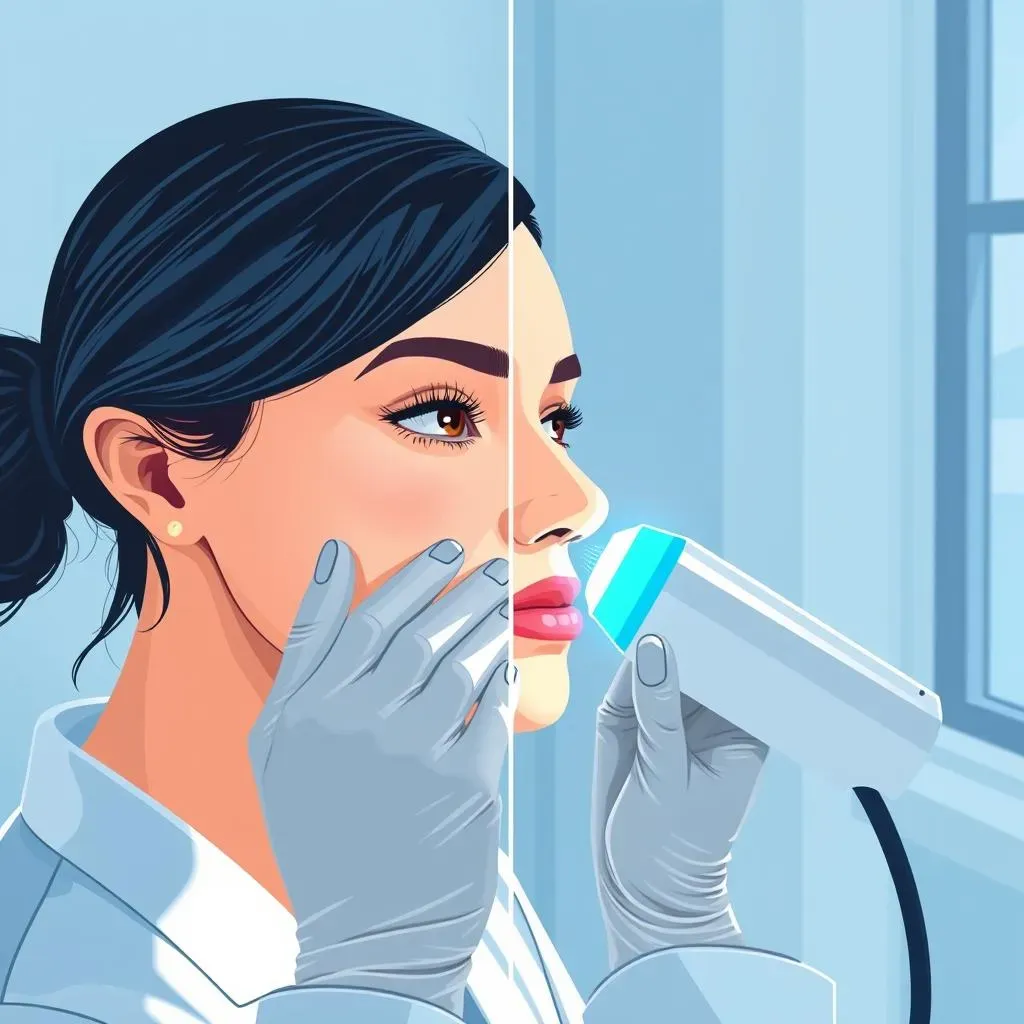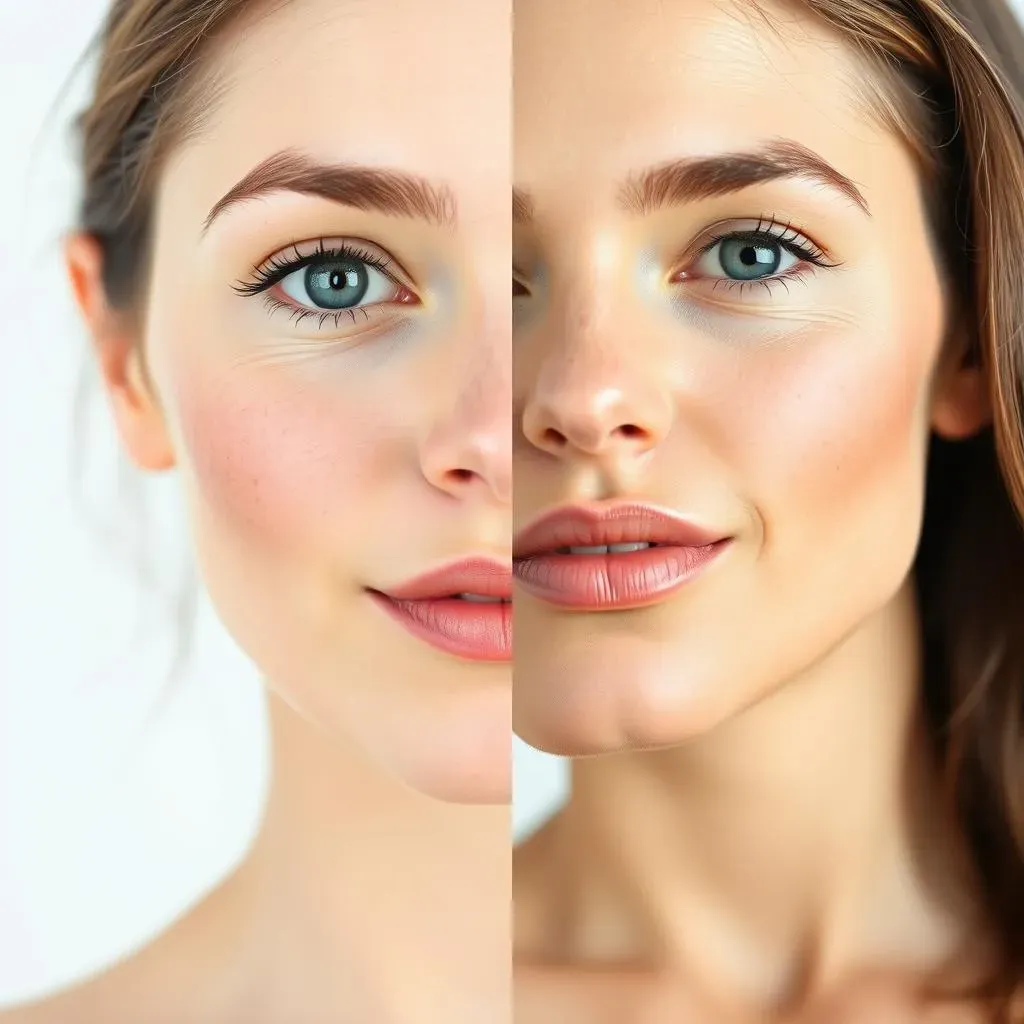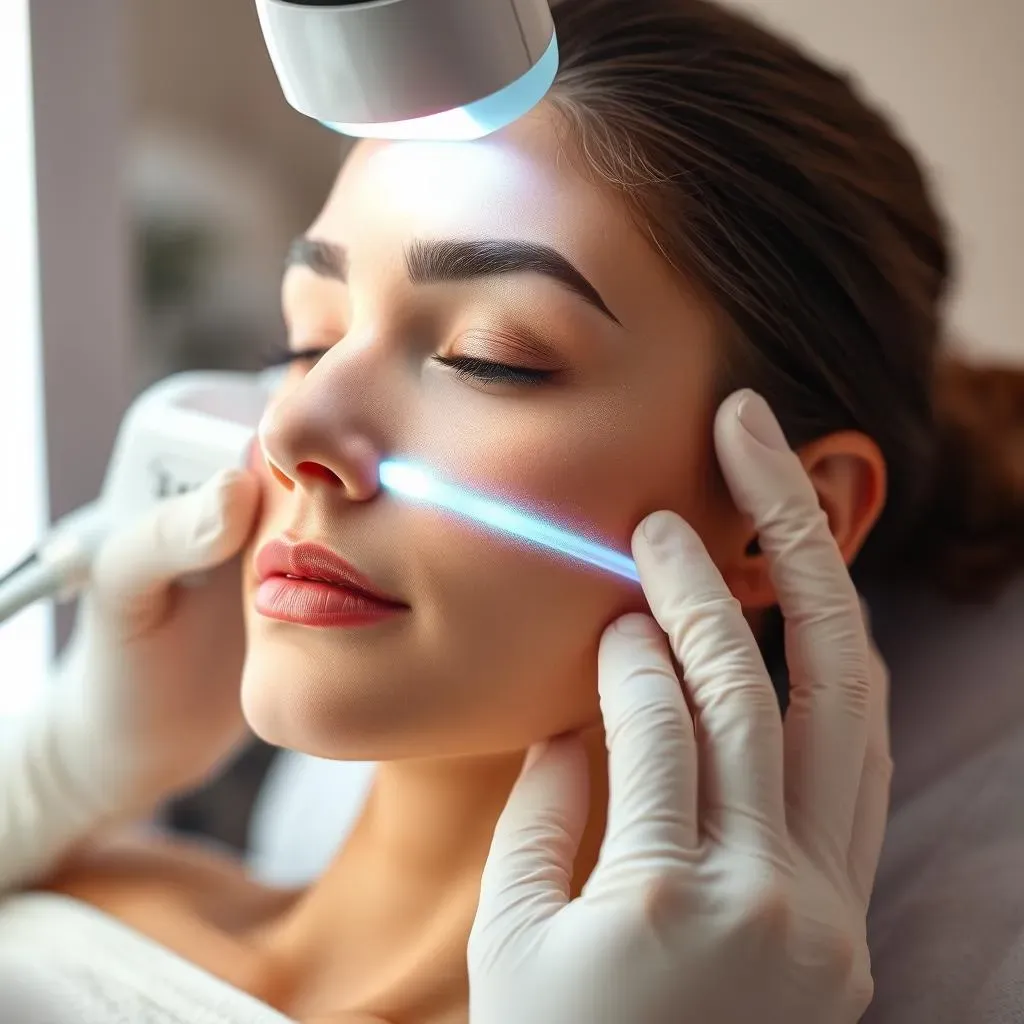Table of Contents
Are you tired of dealing with unwanted facial hair? Do you struggle with ingrown hairs, razor burn, or the hassle of constant shaving and waxing? If so, you're not alone. Many individuals, both men and women, seek a more permanent solution to their facial hair woes. This is where laser hair removal for face comes in - a revolutionary treatment that uses targeted laser technology to reduce and eliminate unwanted hair. In this article, we'll take a closer look at the world of laser hair removal for face, exploring its benefits, risks, and best practices. From understanding how the treatment works to preparing for your first session, we'll cover everything you need to know about laser hair removal for face. Whether you're looking to simplify your beauty routine or boost your confidence, this guide will provide you with the essential information to make an informed decision about laser hair removal for face.
How Laser Hair Removal for Face Works

How Laser Hair Removal for Face Works
Understanding the Laser Hair Removal Process
Laser hair removal for face is a non-invasive treatment that uses a concentrated beam of light to target and remove unwanted hair. The process works by emitting a laser pulse that penetrates the skin and is absorbed by the melanin in the hair follicle. This absorption causes the hair follicle to heat up, ultimately leading to its destruction and preventing future hair growth.
The treatment is typically performed in a series of sessions, spaced several weeks apart, to ensure optimal results. During each session, the laser is applied to the treatment area, and the patient may feel a mild stinging or snapping sensation as the laser pulse is emitted. To minimize discomfort, a topical numbing cream or cooling device may be used.
Treatment Area | Number of Sessions | Results |
|---|---|---|
Upper lip | 3-5 sessions | Permanent hair reduction |
Chin | 4-6 sessions | Significant hair reduction |
Full face | 6-8 sessions | Long-term hair removal |
The Science Behind Laser Hair Removal
The effectiveness of laser hair removal for face depends on several factors, including the type of laser used, the patient's skin type and hair color, and the skill of the technician performing the treatment. There are several types of lasers that can be used for hair removal, including alexandrite, diode, and Nd:YAG lasers. Each type of laser has its own unique characteristics and is suited for specific skin and hair types.
As Dr. Smith, a leading dermatologist, notes, "Laser hair removal is a safe and effective way to remove unwanted hair, but it's essential to choose a qualified technician and follow proper pre- and post-treatment care to achieve optimal results." By understanding the science behind laser hair removal and taking the necessary steps to prepare for treatment, patients can achieve long-term hair reduction and enjoy smoother, more confident skin.
- Choose a qualified technician with experience in laser hair removal
- Follow proper pre-treatment care, including avoiding sun exposure and waxing
- Attend all scheduled treatment sessions for optimal results
Benefits and Risks of Laser Hair Removal for Face

Benefits and Risks of Laser Hair Removal for Face
Laser hair removal for face offers numerous benefits, including permanent hair reduction, smoother skin, and a significant decrease in ingrown hairs and razor burn. However, as with any cosmetic treatment, there are also potential risks and side effects to consider. Some of the most common risks associated with laser hair removal for face include temporary redness, swelling, and blistering, as well as the potential for skin discoloration or scarring. To minimize these risks, it's essential to choose a qualified and experienced technician and follow proper pre- and post-treatment care.
Benefits | Risks | Precautions |
|---|---|---|
Permanent hair reduction | Temporary redness and swelling | Avoid sun exposure and waxing before treatment |
Smoother skin | Potential for skin discoloration or scarring | Choose a qualified and experienced technician |
As Dr. Johnson, a leading expert in dermatology, notes, "Laser hair removal for face can be a game-changer for individuals with excessive facial hair, but it's crucial to weigh the benefits and risks and take necessary precautions to ensure a safe and effective treatment." By understanding the potential benefits and risks of laser hair removal for face, individuals can make an informed decision about whether this treatment is right for them.
- Permanent hair reduction
- Smoother skin
- Decreased ingrown hairs and razor burn
- Temporary redness and swelling
- Potential for skin discoloration or scarring
Best Practices for Laser Hair Removal for Face

Best Practices for Laser Hair Removal for Face
Preparing for Laser Hair Removal
To ensure the best results from laser hair removal for face, it's essential to prepare properly. This includes avoiding sun exposure, waxing, and tweezing for at least six weeks before treatment. It's also crucial to shave or trim the area to be treated the day before the procedure to allow the laser to target the hair follicle more effectively. As Dr. Lee, a renowned dermatologist, notes, "Proper preparation is key to achieving optimal results from laser hair removal for face. By following the recommended pre-treatment guidelines, patients can minimize the risk of complications and maximize the effectiveness of the treatment."
Additionally, patients should avoid using any skincare products that contain retinol or glycolic acid for at least a week before treatment, as these can increase the risk of skin irritation. It's also important to inform the technician of any medical conditions, such as diabetes or herpes, and to disclose any medications being taken, including blood thinners or antibiotics.
Pre-Treatment Guidelines | Recommended Timeframe | Purpose |
|---|---|---|
Avoid sun exposure | 6 weeks | To prevent skin darkening and reduce the risk of complications |
Avoid waxing and tweezing | 6 weeks | To allow the hair to grow to a length that can be effectively targeted by the laser |
Shave or trim the area | 1 day | To allow the laser to target the hair follicle more effectively |
During and After the Procedure
During the laser hair removal procedure, patients may feel a mild stinging or snapping sensation as the laser pulse is emitted. To minimize discomfort, a topical numbing cream or cooling device may be used. After the procedure, patients may experience temporary redness, swelling, and blistering, which can be managed with cold compresses and topical creams.
It's essential to follow the technician's instructions for post-treatment care, which may include avoiding sun exposure, using gentle skincare products, and avoiding strenuous activities for at least 24 hours. By following these guidelines, patients can minimize the risk of complications and ensure a smooth and effective recovery.
- Avoid sun exposure for at least 24 hours
- Use gentle skincare products to minimize irritation
- Avoid strenuous activities for at least 24 hours
- Follow the technician's instructions for post-treatment care
Maintaining Results and Preventing Regrowth
To maintain the results of laser hair removal for face and prevent regrowth, patients may need to undergo touch-up treatments every 6-12 months. It's also essential to use sunscreen with a high SPF to prevent skin darkening and to avoid using skincare products that contain retinol or glycolic acid, which can increase the risk of skin irritation.
As Dr. Kim, a leading expert in dermatology, notes, "Laser hair removal for face is a long-term solution, but it's not a one-time fix. Patients need to be committed to maintaining their results through regular touch-up treatments and proper skincare habits." By following these guidelines, patients can enjoy smoother, hair-free skin for years to come.
Post-Treatment Care | Recommended Timeframe | Purpose |
|---|---|---|
Use sunscreen with a high SPF | Ongoing | To prevent skin darkening and reduce the risk of complications |
Avoid using skincare products with retinol or glycolic acid | Ongoing | To minimize the risk of skin irritation |
Undergo touch-up treatments every 6-12 months | As needed | To maintain results and prevent regrowth |
